Haldwani - A Gateway to the Himalayas
Discover Haldwani: The Heart of Kumaon
Introduction to Haldwani
Nestled in the picturesque Kumaon region, Haldwani is the largest city in Kumaon and the third most populous city in Uttarakhand. Known for its vibrant commercial activities, Haldwani is often referred to as the financial capital of Uttarakhand. This bustling city is a hub of economic and industrial activities, and its strategic location makes it a key player in the region's development.
A Gateway to the Himalayas
Haldwani, located in the Nainital District, serves as the gateway to the Kumaon Himalayas through its Kathgodam neighborhood. This area is renowned for its scenic beauty and acts as a crucial link between the hilly regions of Kumaon and the Indo-Gangetic Plains.
Historical Significance
Early Settlement and Growth
Founded in 1834, Haldwani was initially established as a trading post for the hill people visiting the Bhabhar region during the colder months. The city's growth was significantly bolstered by the establishment of the Bareilly–Nainital provincial road in 1882 and the Bhojeepura–Kathgodam railway line in 1884, transforming it into a major trading hub.
Etymology and Name Change
The name "Haldwani" is derived from the Kumaoni word "Haldu-vani," meaning "forest of Haldu." The city was once surrounded by Haldu trees, which were abundant before widespread deforestation. In 1834, Commissioner George William Traill officially renamed the area to Haldwani.
Colonial Era Developments
In the 19th century, Haldwani underwent significant changes. Following the British acquisition of Kumaon in 1816, the township began to evolve from a cluster of thatched houses to a more structured settlement with brick houses post-1850. The establishment of educational and medical institutions further accelerated its growth.
Impact of the 1857 Rebellion
During the Indian Rebellion of 1857, Haldwani briefly fell into the hands of rebels. However, the British swiftly reasserted control, leading to the execution of the rebels and the strengthening of the town's infrastructure.
Modern Haldwani
Population and Urban Development
As of the 2011 census, Haldwani's urban agglomeration had a population of 232,060, making it the third most populous urban area in Uttarakhand. The city has seen significant development, including the establishment of numerous residential colonies. However, this rapid expansion has occasionally led to challenges such as unregulated development and inadequate infrastructure.
Geography and Climate
Haldwani is situated at the foot of the Himalayas, with the Gaula River flowing through the area. The city is located in the Bhabhar region, characterized by its unique geological formation where mountain rivers flow underground before re-emerging in the Indo-Gangetic plains. The city's elevation is approximately 424 meters (1,391 feet) above sea level, placing it in seismic zone 4, which indicates a moderate risk of earthquakes.
Haldwani Today
Economic and Cultural Hub
Today, Haldwani stands as a vibrant economic center with a diverse range of commercial activities. It continues to be a pivotal location in the Kumaon region, bridging the gap between the Himalayan foothills and the plains. The city's rich history, coupled with its modern amenities, makes it a fascinating destination for both residents and visitors.
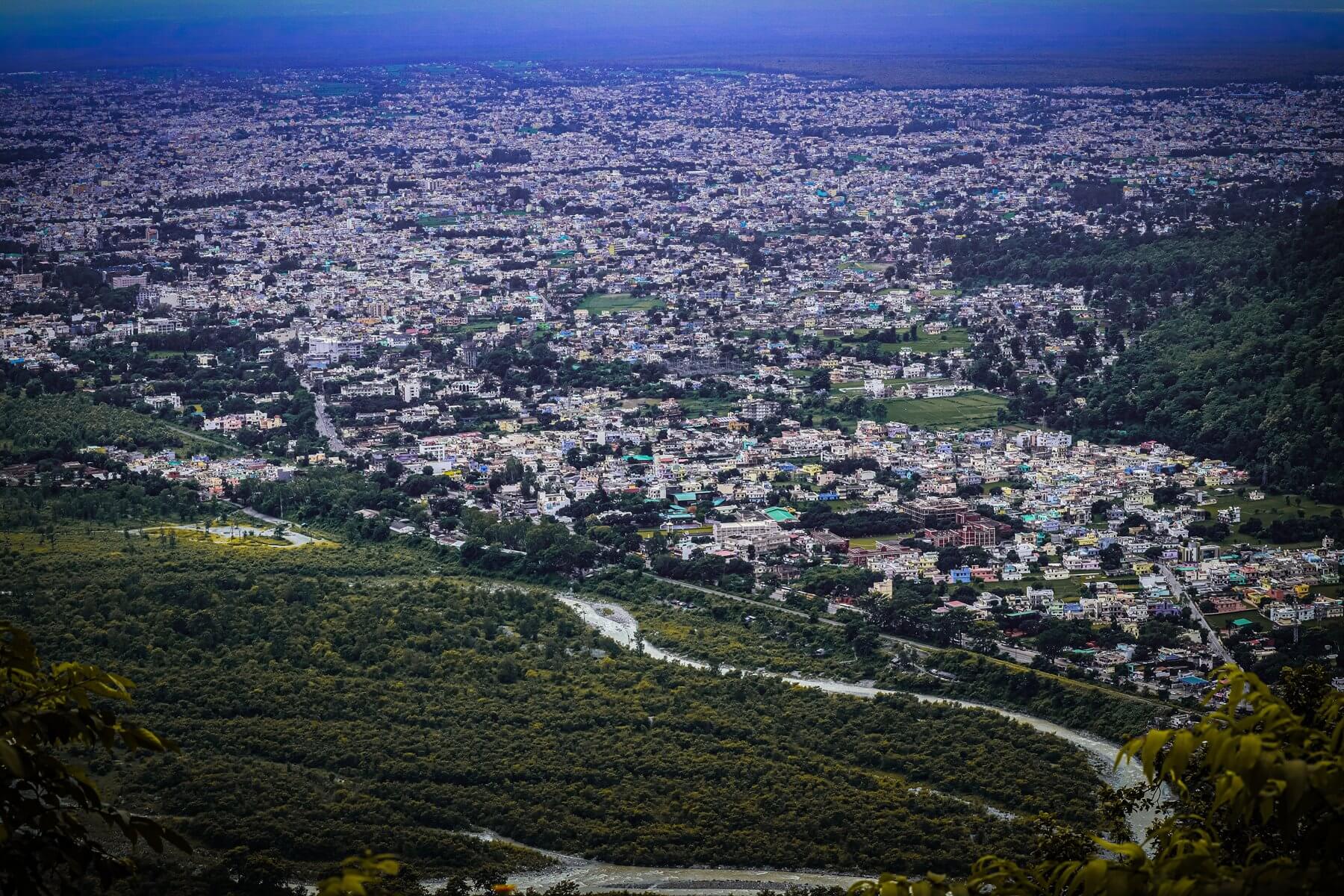
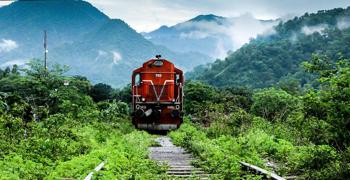
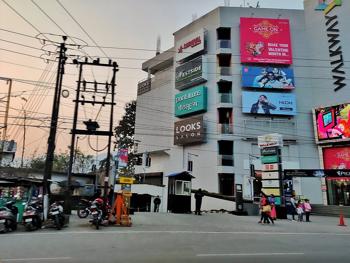
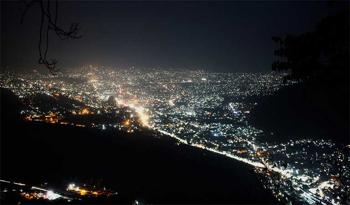



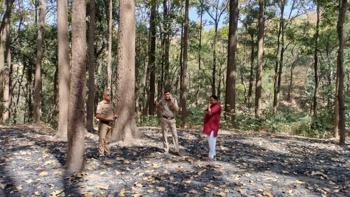
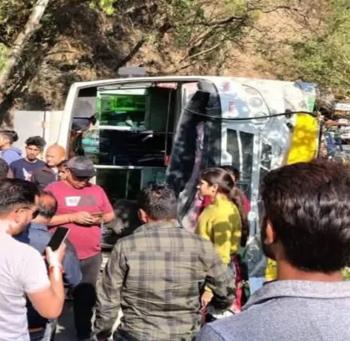
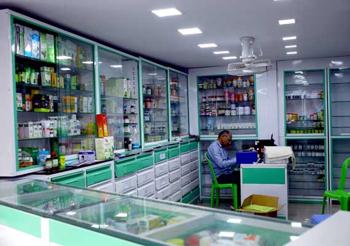

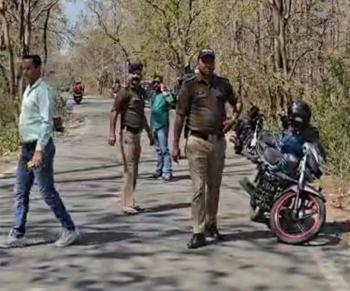
Leave a comment
0 comment